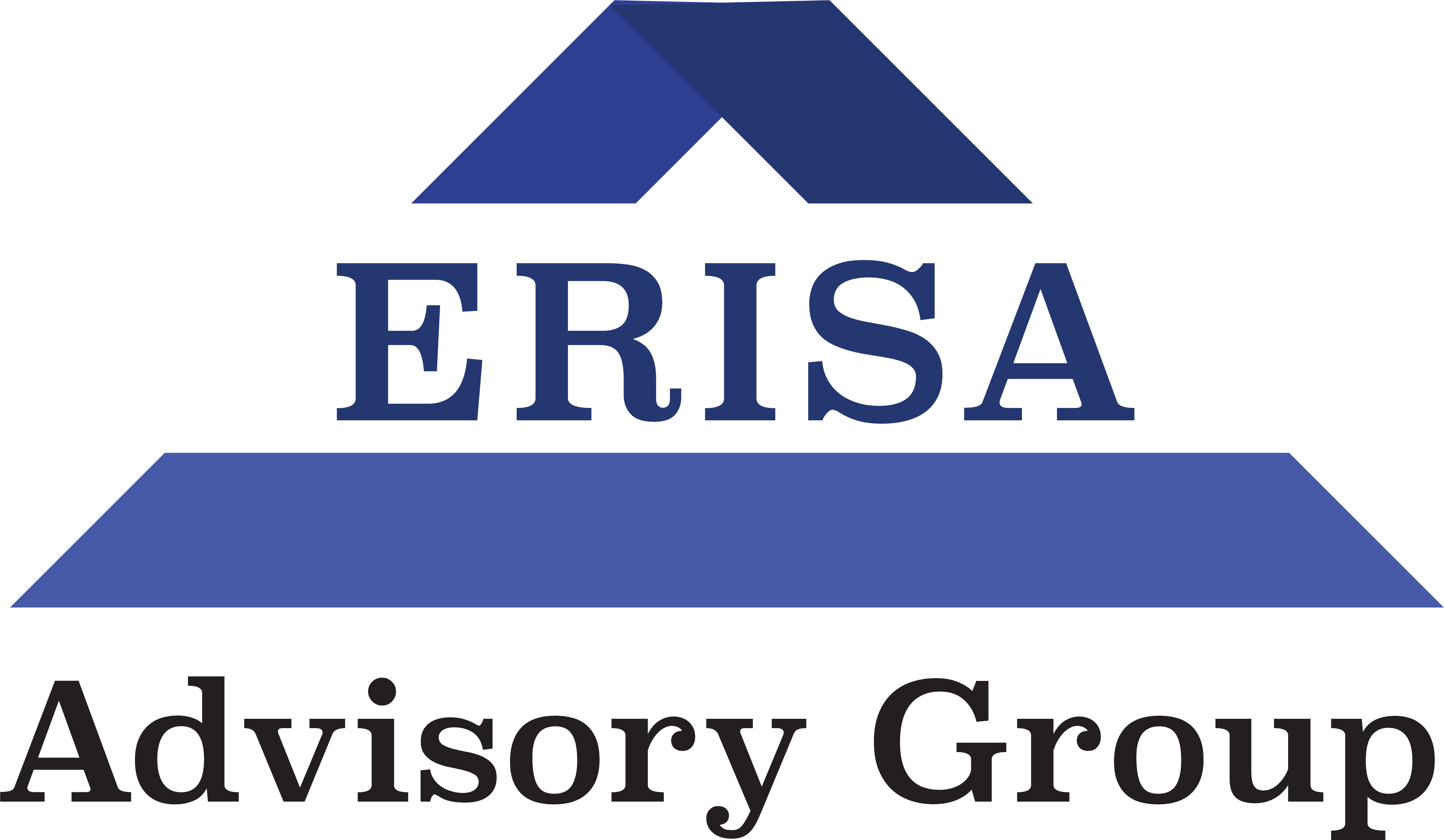ERISA INSIDER VOL. I, ED. III: Are You Making These Prohibited Transactions Under ERISA?
Understanding how to avoid “Prohibited Transactions” under ERISA can save your organization from DOL violations, fines & penalties for being out of compliance.
Dear Employer,
One of the biggest mistakes we see Fiduciaries make is engaging in “Prohibited Transactions” under ERISA.
Setting up a Master Health Plan or Qualified Retirement Plan for your business is a complex process — and it’s easy to overlook certain rules when deciding which service provider to hire, or insurance package to utilize for your plan.
That’s why this newsletter is dedicated to showing you which plan transactions should be closely monitored by Plan Fiduciaries.
And, to provide you with tips on how to avoid making “prohibited transactions” that could cost your company an arm and a leg to correct, along with DOL fines & penalties.
Let’s dive in.
Monitor Transactions With “Parties In Interest” To Avoid The Appearance of Prohibited Transactions
The Department of Labor is constantly monitoring Plan Sponsors and Fiduciaries to ensure that they are not engaging in transactions that could benefit your business, or any individual, over plan participants & beneficiaries. Such a breach in fiduciary responsibility is called a “prohibited transaction”, and the parties involved can be subject to civil and potentially criminal liability.
ERISA was passed by Congress in 1974 specifically to protect employees and their beneficiaries from employers who engage in transactions that benefit their own self-interest. That’s why they created a concrete list of people and organizations who could potentially benefit from a transaction made with plan assets.
Section 3(14) defines “parties in interest” under ERISA as follows:
- Any fiduciary who makes decisions or gives advice as to the administration, management and/or operations of your plan (See ERISA Insider Volume I: Edition I to find out who is legally considered a fiduciary of your plan.)
- Persons providing services to such plan (i.e., service providers)
- Any employer whose employees are covered by such plan
- An employee organization whose members are covered by such plan
- Any person with an ownership stake (50% or higher) in an employee organization or company that sponsors such plan
- A relative of an employer or someone with ownership stake in an organization that sponsors such plan
- A corporation, partnership or trust or estate which has an ownership stake (50% or higher) in an organization that sponsors such plan
- An employee, officer or director (or other powerful persons) within an organization that sponsors such plan
- A 10% or more shareholder of an organization that sponsors such plan
- A 10% or more partner or joint venturer of an organization that sponsors such plan
As a plan fiduciary, you need to stay ahead of the curve and ensure every transaction between your organization’s plan and a party in interest is being carried out properly.
We advise you to carefully monitor and document every transaction with any of the parties listed above. This could prove critical when it comes time to fill out your Form 5500, or if your company is ever subjected to a DOL inquiry or audit and you’re asked to present documents.
Avoid These “Prohibited Transactions” With Parties In Interest
As a fiduciary, your top priority when crafting an ERISA Plan is to make decisions or give advice that will deliver the best results for plan participants and beneficiaries. Any transactions that are designed to benefit a “party in interest” as defined above, including a Plan Fiduciary, is a breach in your fundamental fiduciary responsibilities.
To combat the potential for employers acting in their own self-interest, Section 406(a) of ERISA lays out 5 types of “Prohibited Transactions” to avoid when dealing with parties in interest.
They include:
- Sale or exchange, or leasing, of any personal property between the plan and a party in interest
- Lending of money or other extension of credit between the plan and a party in interest
- Furnishing of goods, services, or facilities between the plan and a party in interest
- Transfer to, or use by or for the benefit of a party in interest, of any assets of the plan; or
- Acquisition, on behalf of the plan, of any employer security or employer real property in violation of Section 407 of ERISA. (29 U.S. Code §1106)
How To Make Proper Transactions With Parties In Interest
You might be wondering how you can make necessary transactions with parties in interest without breaking the rules.
For example: Under the Section 3(14) definition listed above, it is clear that any employee covered by the plan is considered a “party in interest”. Yet, Section 406 says that parties in interest cannot acquire any employer security on behalf of the plan.
So how could your organization offer, say, an ESOP to employees without breaking the Prohibited Transactions rules?
Well, the good news is ERISA includes a swath of Prohibited Transactions Exemptions that cover situations like this.
Obviously, at some point your organization will need to hire legal counsel, independent fiduciaries, and other TPAs to help your plan be successful. You might also want to offer loan programs to help assist plan participants throughout their careers. Luckily, the DOL understands this and has created various sets of rules under Section 408 that help employers maneuver these choppy waters.
The challenge is understanding which transactions are permitted, and ensuring every rule is followed so you don’t incur fines or penalties later on down the road.
In a future newsletter, we will cover some of the key Prohibited Transactions Exemptions allowed under Section 408 that will help you make better decisions for your plan.
What To Do If You Make A Prohibited Transaction (Even If It Was By Accident)
If you are concerned that you may have made Prohibited Transactions under ERISA, consult an ERISA Independent Fiduciary to help you correct the problem.
Do NOT omit these transactions when filing your annual Form 5500. If you are suspected of leaving out information regarding any transactions made with plan assets, the DOL can open an inquiry into your plan. And, if they find problems, they will likely launch a full scale audit of your organization’s plan.
Instead, the best course of action would be to apply for the EBSA’s Voluntary Fiduciary Correction Program (VFCP).
The VFCP allows Plan Fiduciaries to voluntarily comply with ERISA by taking self-corrective action. Meaning, if you make a Prohibited Transaction and catch the problem in time, you can work with the DOL to remedy the situation. Hopefully, this will lower or eliminate any potential penalties.
Need Help Detecting Or Correcting Prohibited Transactions?
Contact the ERISA Advisory Group so we can assist you in detecting or correcting any Prohibited Transactions within your plan.
Our goal is to help you stay in compliance with ERISA so that you avoid costly fines & penalties.

